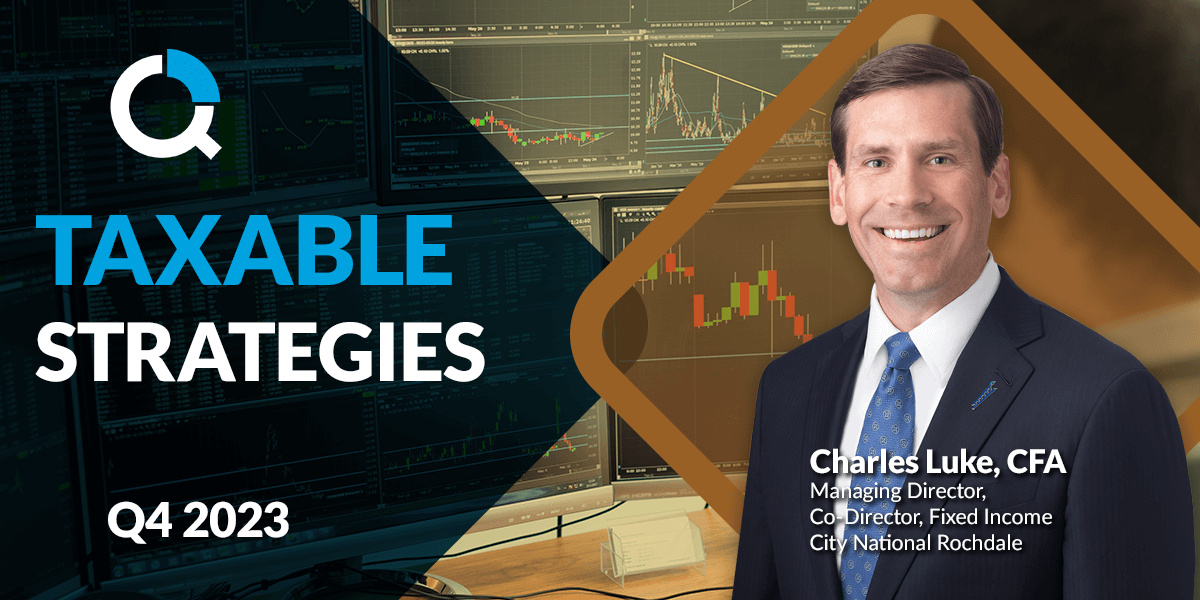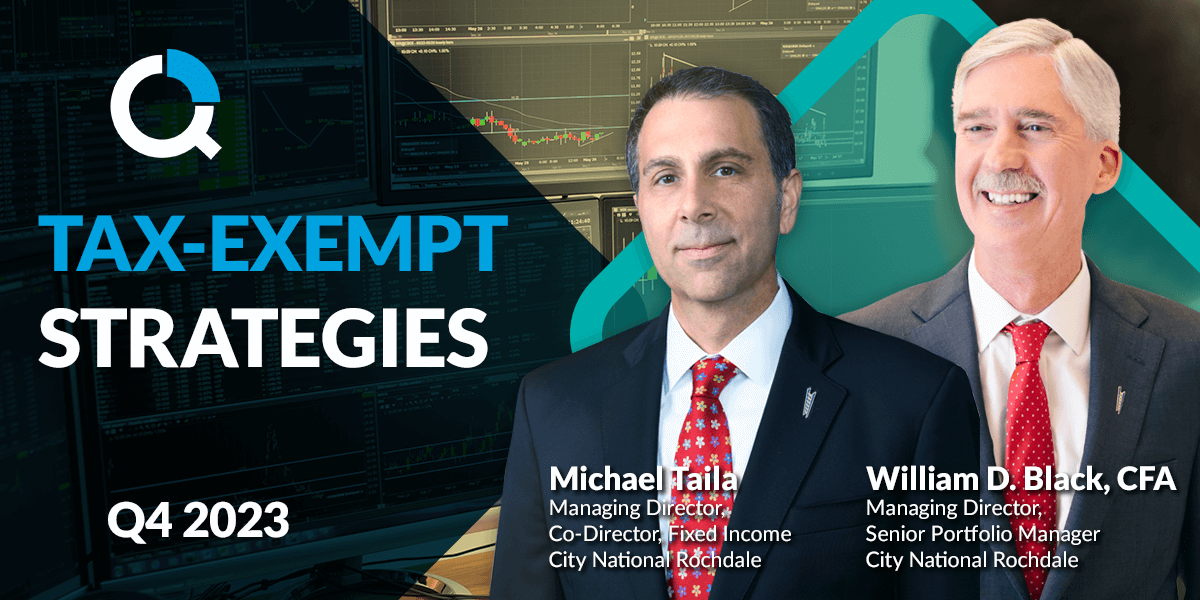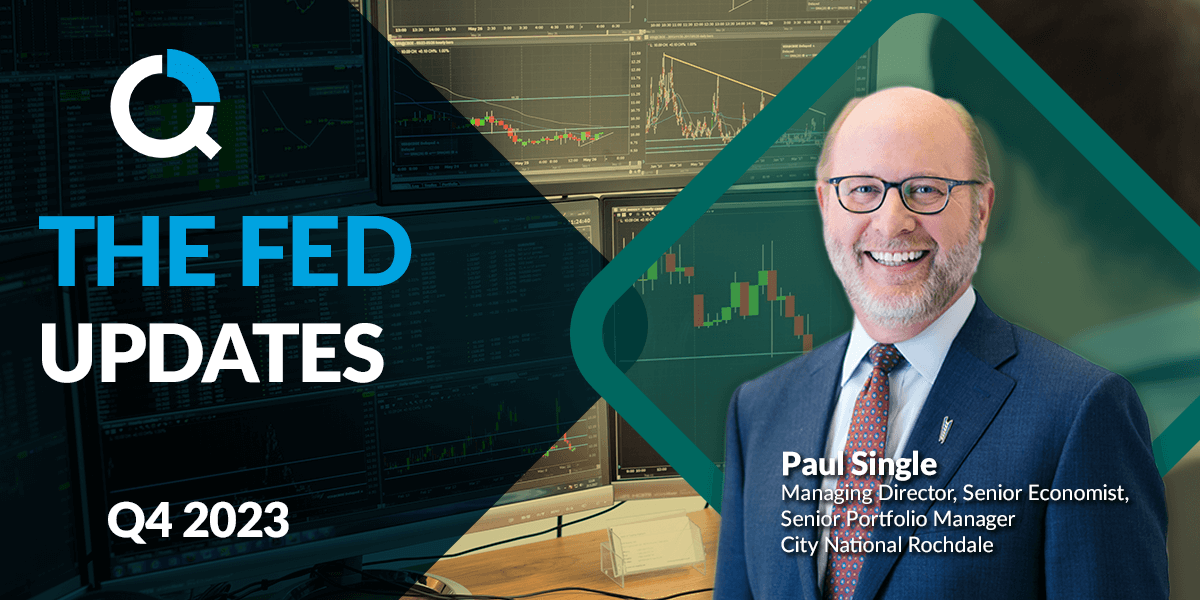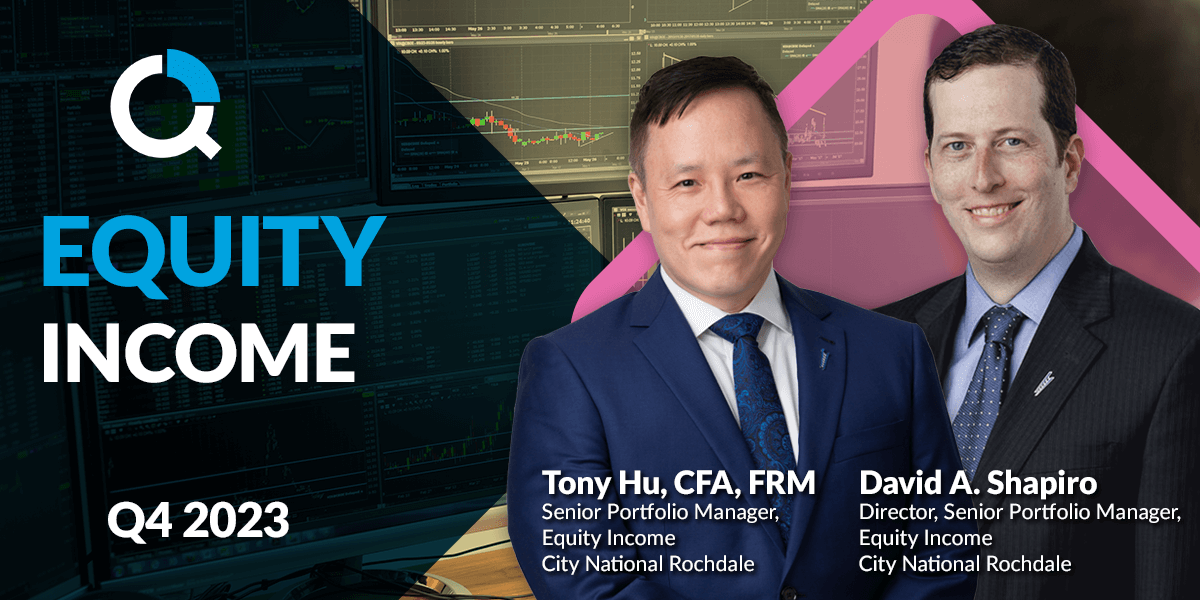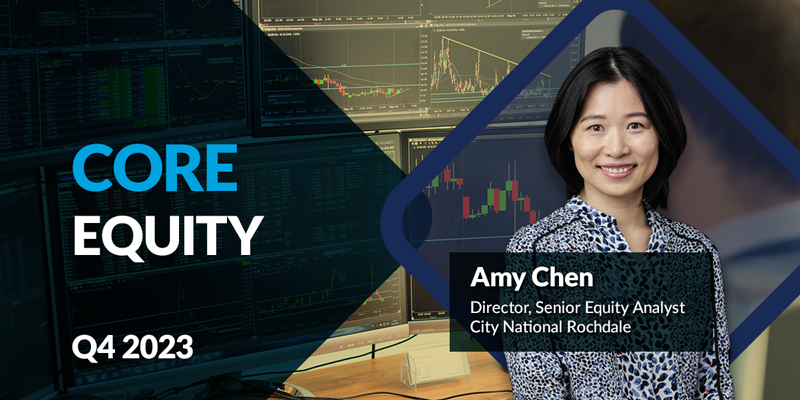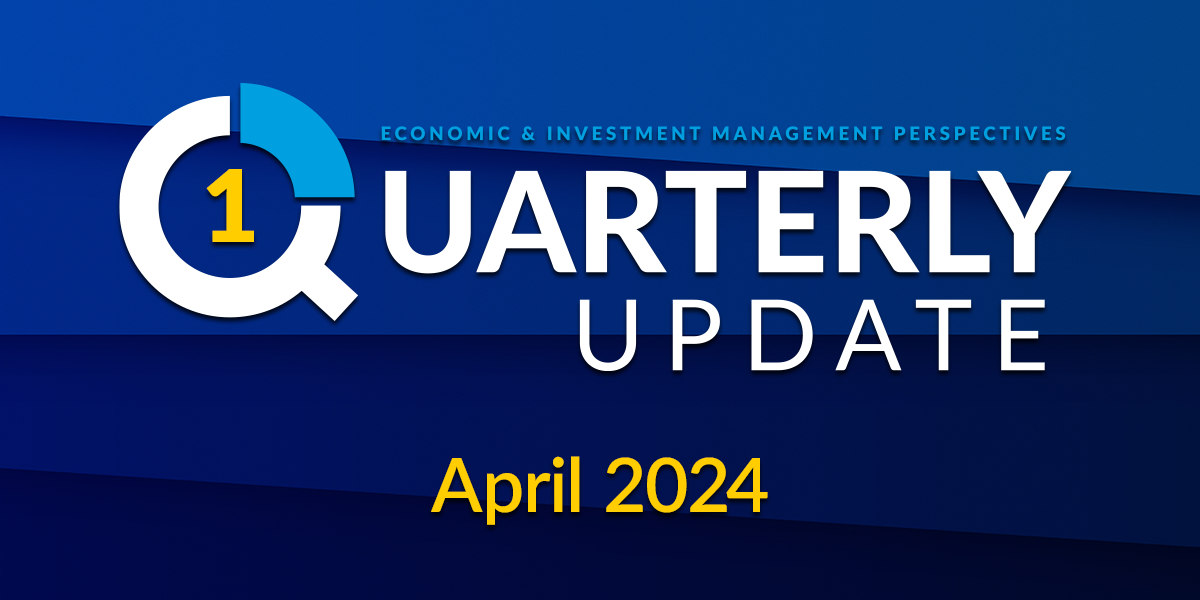
The Fed: Paul Single Q3 2022
Key Points
- The Fed has moved to a very hawkish stance against inflation
- The Fed is willing to allow weaker economic growth in order to reduce inflationary pressures
- The Fed is committed to returning inflation to the target rate of 2.0%
Since the end of last year, the Fed’s view on the economy has evolved. Despite the significant slowing in the pace of economic growth, there has not been much of a change in the unemployment rate.
And despite the central bank raising the overnight Fed Funds rate from the near-zero level back in March to today’s 3.875% (with plans to raise it further), inflationary pressures have continued to increase (see chart 1).
At its recent meeting in early-November, the Fed made a very hawkish move. It barreled ahead with a fourth rate hike of 75 bps. Its plan in the future appears to slow the size of future hikes, but the Fed is hinting that it may end up with a higher terminal rate than previously thought, which was 4.6%. The reason for the slowing pace of future hikes is to buy time to see what economic impact the hike has on the economy, and the economic impact tends to be delayed.
The Fed continues to believe it will be able to arrange a soft landing for the economy. But it will be a bumpier ride than previously thought. The economy’s growth rate should crater this year at 0.2%. However, the Fed expects the pace next year to rise to 1.2%, this despite the significant jump in financing costs for households and businesses and a higher unemployment rate.
The expected rate increases reflect the Fed’s determination to quell the highest bout of inflation since the early 1980s. This pace of interest rate increases is the fastest since 1980 (see chart 2). The Fed made it clear: “The committee [FOMC] is strongly committed to returning inflation to its 2% objective.” That is consistent with their previous messages that inflation is public enemy number one.
Fed Chair Jerome Powell had previously asserted that the Fed could raise interest rates enough to tame inflation without causing a recession (the so-called “soft landing”). But recently he altered that message a bit, acknowledging that higher interest rates and a slower pace of economic growth “will bring some pain to households and businesses. These are the unfortunate costs of reducing inflation.”
Stay Informed.
Get our Insights delivered straight to your inbox.
More from the Quarterly Update
Important Disclosures
Important Information
Any opinions, projections, forecasts and forward-looking statements presented herein are valid as of the date of this document and are subject to change.
The information presented does not involve the rendering of personalized investment, financial, legal or tax advice. This presentation is not an offer to buy or sell, or a solicitation of any offer to buy or sell any of the securities mentioned herein.
Certain statements contained herein may constitute projections, forecasts and other forward-looking statements, which do not reflect actual results and are based primarily upon a hypothetical set of assumptions applied to certain historical financial information. Certain information has been provided by third-party sources and, although believed to be reliable, it has not been independently verified and its accuracy or completeness cannot be guaranteed.
Concentrating assets in a particular industry, sector of the economy, or markets may increase volatility because the investment will be more susceptible to the impact of market, economic, regulatory, and other factors affecting that industry or sector compared with a more broadly diversified asset allocation.
Private investments often engage in leveraging and other speculative investment practices that may increase the risk of investment loss, can be highly illiquid, are not required to provide periodic pricing or valuation information to investors, and may involve complex tax structures and delays in distributing important tax information.
Alternative investments are speculative, entail substantial risks, offer limited or no liquidity, and are not suitable for all investors. These investments have limited transparency to the funds’ investments and may involve leverage which magnifies both losses and gains, including the risk of loss of the entire investment. Alternative investments have varying and lengthy lockup provisions. Please see the Offering Memorandum for more complete information regarding the Fund’s investment objectives, risks, fees and other expenses.
Investments in below-investment-grade debt securities, which are usually called “high-yield” or “junk bonds,” are typically in weaker financial health and such securities can be harder to value and sell, and their prices can be more volatile than more highly rated securities. While these securities generally have higher rates of interest, they also involve greater risk of default than do securities of a higher-quality rating.
There are inherent risks with equity investing. These risks include, but are not limited to, stock market, manager or investment style. Stock markets tend to move in cycles, with periods of rising prices and periods of falling prices. Investing in international markets carries risks such as currency fluctuation, regulatory risks, and economic and political instability. Emerging markets involve heightened risks related to the same factors, as well as increased volatility, lower trading volume and less liquidity. Emerging markets can have greater custodial and operational risks and less developed legal and accounting systems than developed markets.
There are inherent risks with fixed-income investing. These risks may include interest rate, call, credit, market, inflation, government policy, liquidity or junk bond. When interest rates rise, bond prices fall. This risk is heightened with investments in longer-duration fixed-income securities and during periods when prevailing interest rates are low or negative. The yields and market values of municipal securities may be more affected by changes in tax rates and policies than similar income-bearing taxable securities. Certain investors’ incomes may be subject to the Federal Alternative Minimum Tax (AMT), and taxable gains are also possible. Investments in below-investment-grade debt securities, which are usually called “high yield” or “junk bonds,” are typically in weaker financial health and such securities can be harder to value and sell, and their prices can be more volatile than more highly rated securities. While these securities generally have higher rates of interest, they also involve greater risk of default than do securities of a higher-quality rating.
All investing is subject to risk, including the possible loss of the money you invest. As with any investment strategy, there is no guarantee that investment objectives will be met, and investors may lose money. Diversification does not ensure a profit or protect against a loss in a declining market. Past performance is no guarantee of future performance.
Indices are unmanaged, and one cannot invest directly in an index. Index returns do not reflect a deduction for fees or expenses.
Alternative investments are speculative, entail substantial risks, offer limited or no liquidity and are not suitable for all investors. These investments have limited transparency to the funds’ investments and may involve leverage which magnifies both losses and gains, including the risk of loss of the entire investment. Alternative investments have varying and lengthy lockup provisions.
This material is available to advisory and sub-advised clients, as well as financial professionals working with City National Rochdale, a registered investment advisor and a wholly-owned subsidiary of City National Bank. City National Bank provides investment management services through its sub-advisory relationship with City National Rochdale.
Index Defintions
S&P 500 Index: The S&P 500 Index, or Standard & Poor’s 500 Index, is a market-capitalization-weighted index of 500 leading publicly traded companies in the U.S. It is not an exact list of the top 500 U.S. companies by market cap because there are other criteria that the index includes.
Bloomberg Barclays US Aggregate Bond Index (LBUSTRUU): The Bloomberg Aggregate Bond Index or “the Agg” is a broad-based fixed-income index used by bond traders and the managers of mutual funds and exchange-traded funds (ETFs) as a benchmark to measure their relative performance.
GT2 Govt, GT3 Govt, GT5 Govt, GT10 Govt, GT30 Govt: US Government Treasury Yields
DXY Index: The U.S. dollar index (USDX) is a measure of the value of the U.S. dollar relative to the value of a basket of curren-cies of the majority of the U.S.’s most significant trading partners.
Dow Jones U.S. Select Dividend Index (DJDVP): The Dow Jones U.S. Select Dividend Index looks to target 100 dividend-paying stocks screened for factors that include the dividend growth rate, the dividend payout ratio and the trading volume. The components are then weighted by the dividend yield.
P/E Ratio: The price-to-earnings ratio (P/E ratio) is the ratio for valuing a company that measures its current share price relative to its earnings per share (EPS).
The Commodity Research Bureau (CRB) Index acts as a representative indicator of today’s global commodity markets. It measures the aggregated price direction of various commodity sectors.
The MSCI indexes are market cap-weighted indexes, which means stocks are weighted according to their market capitalization — calculated as stock price multiplied by the total number of shares outstanding.
Quality Ranking: City National Rochdale Proprietary Quality Ran king is the weighted a verage sum of securities held in
the strategy versus the S&P 500 at the sector le vel using the below formula.
City National Rochdale Proprietary Quality Ranking formula: 40% Dupont Quality (return on equity adjusted b y debt levels), 15% Earnings Stability (v olatility of earnings), 15% Re venue Stability (volatility of revenue), 15% Cash Earnings Quality (cash flow vs. net income of compan y) 15% Balance Sheet Quality (fundamental strength of balance s heet).
*Source: City National Rochdale proprietary r anking system utilizing MSCI and FactSet data. **Rank is a perc entile
ranking approach whereby 100 is the highest possible score and 1 is the lowest. The Ci ty National Rochdale Core compares the weighted average holdings of the str ategy to the companies in the S&P 500 on a sector basis. As of September 30, 2022. City National Rochdale proprietary ranking system utilizing MSCI and FactSet data.
Rank is a percentile ranking approach whereby 100 is the highest possible score and 1 is the lowest. The City National Rochdale Core compares the weighted average holdings of the strategy to the companies in the S&P 500 on a sector basis. As of June 2022.
Bloomberg Barclays US Aggregate Bond Index: The Bloomberg Aggregate Bond Index or “the Agg” is a broad-based fixed-income index used by bond traders and the managers of mutual funds and exchange-traded funds (ETFs) as a benchmark to measure their relative performance.
The Case-Shiller Index, formally known as the S&P CoreLogic Case-Shiller U.S. National Home Price NSA Index, is an economic indicator that measures the change in value of U.S.
Non-deposit investment Products are: • not FDIC insured • not Bank guaranteed • may lose value

